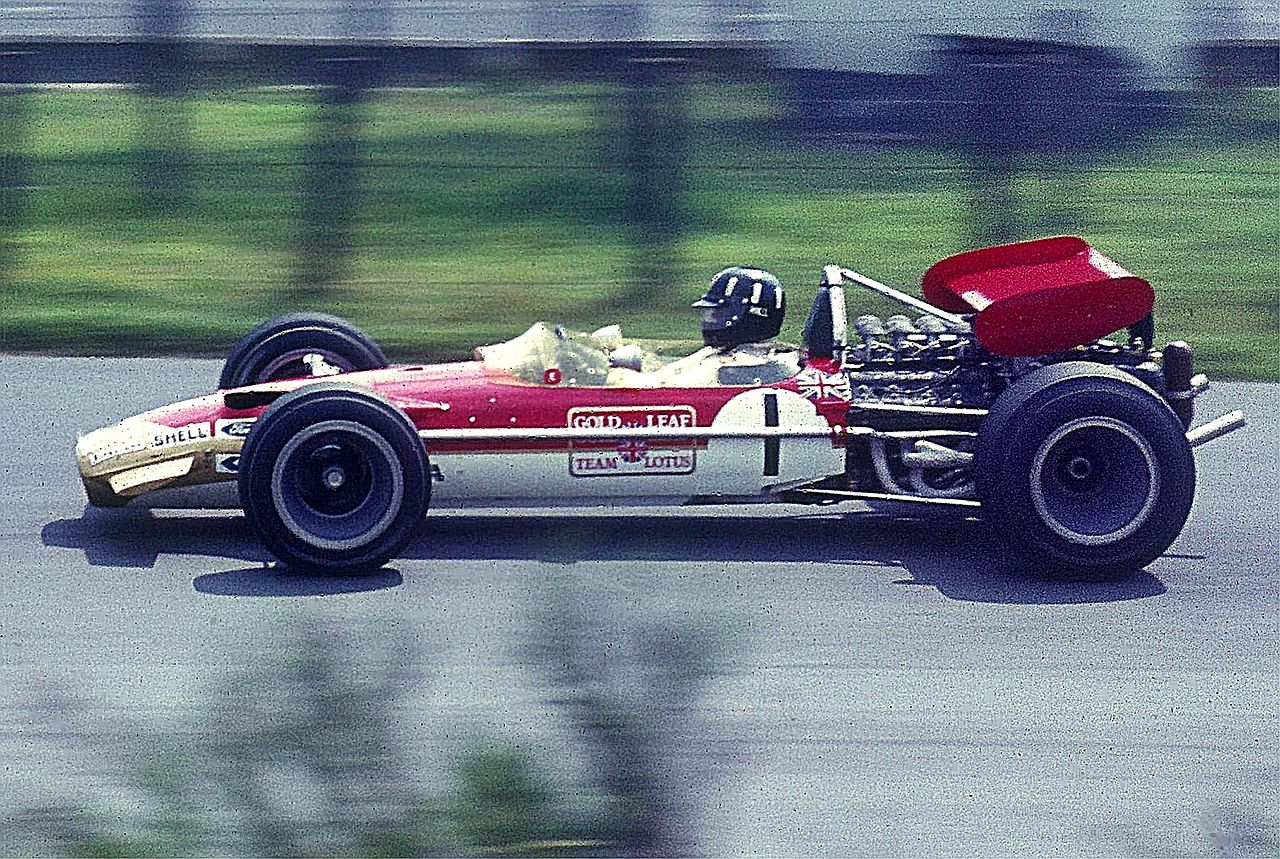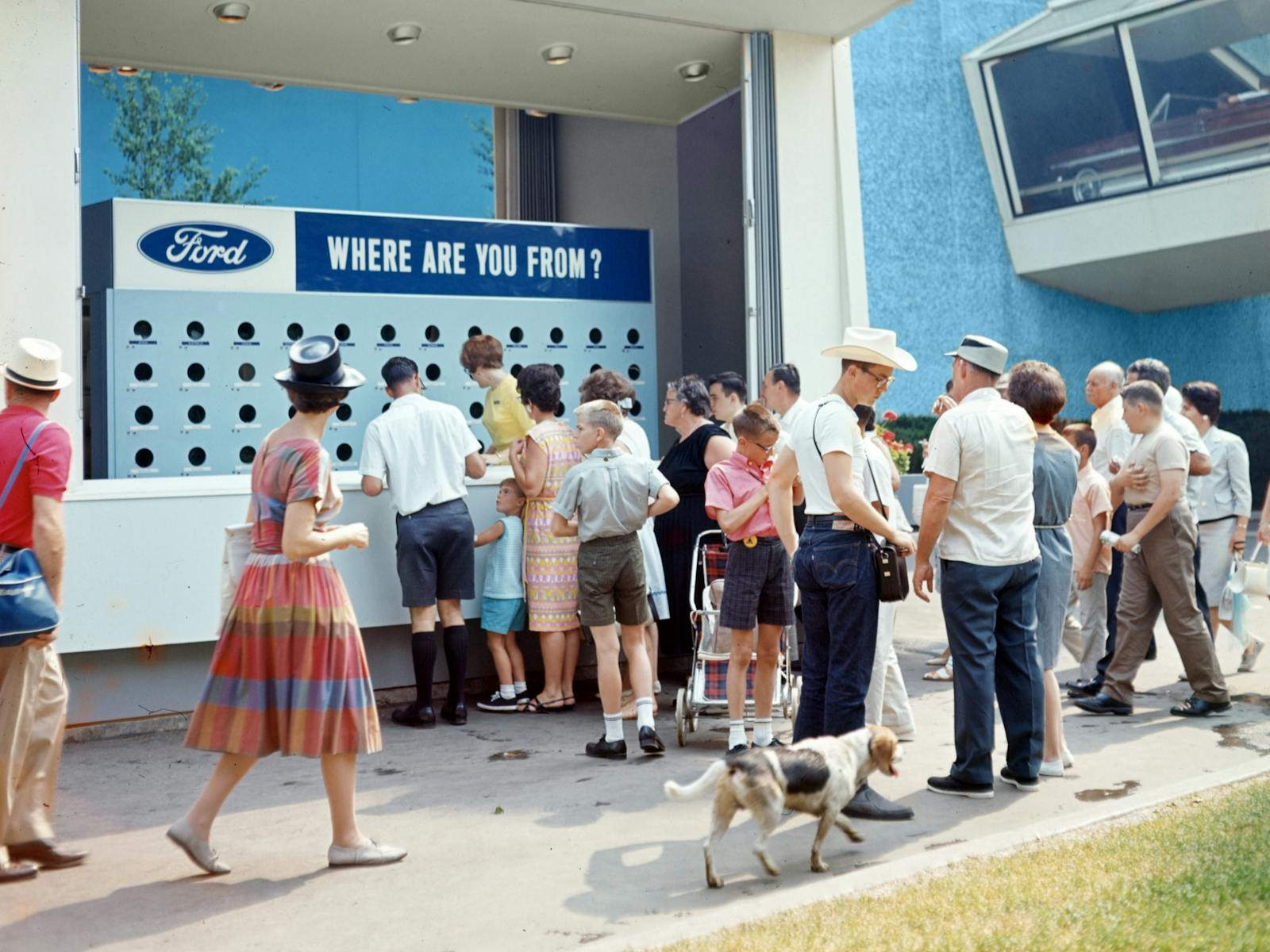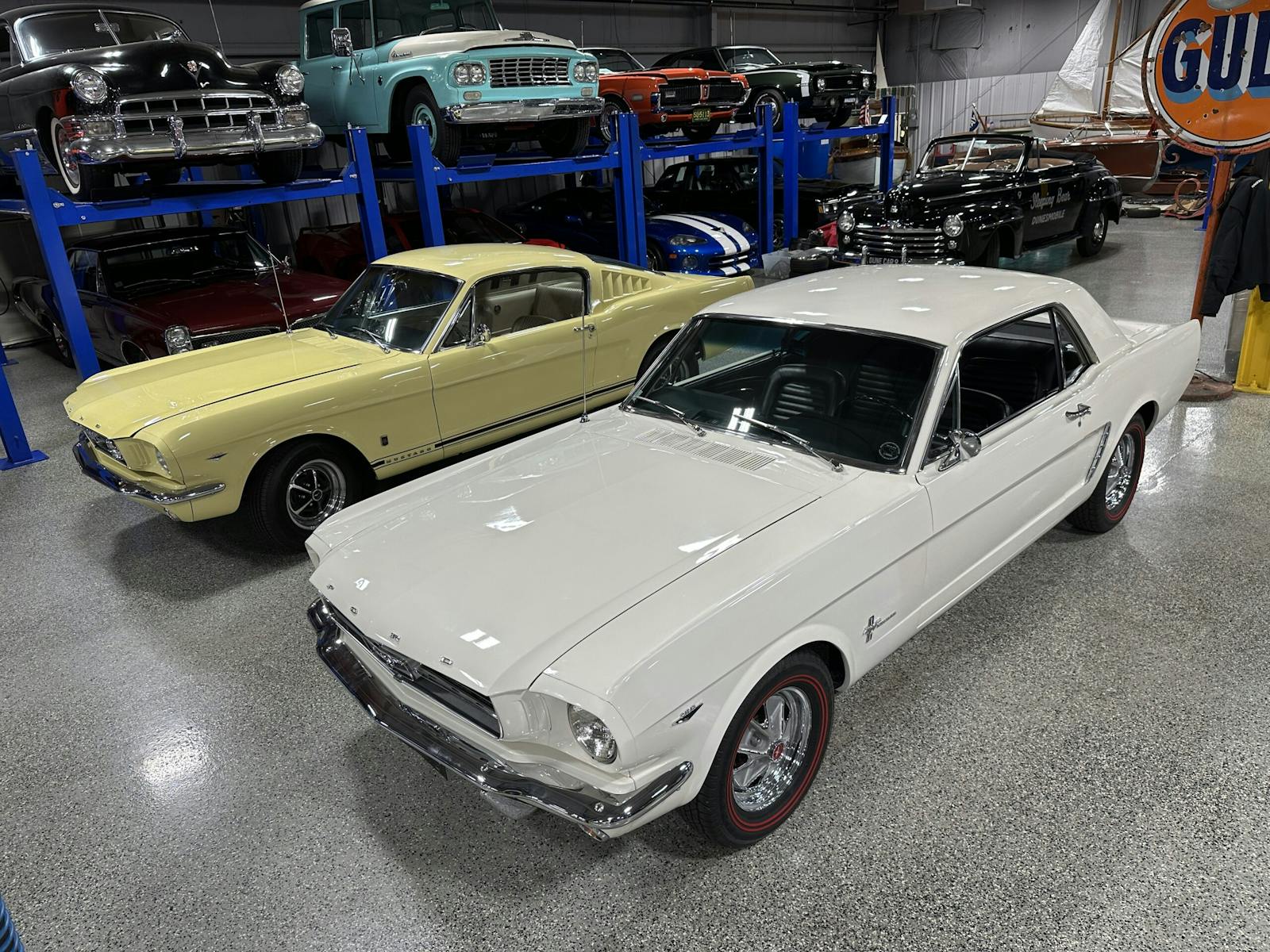Everything John Player touches turns to Black Gold
Sometimes an iconic scheme worms its way our brains, and perhaps more importantly, sometimes the name associated with it sticks. The Black Gold livery has outlasted the Player tobacco brand, Colin Chapman, and about 15 iterations of Lotus. But we still call it the John Player Special.
Black Gold! What could be more luxurious than Black Gold, that livery of kings, the paint scheme of only the most adrenaline-fueled 1970s and ’80s men of action? It looks the way velour feels. Predominantly black, with just a hint of ostentation, thin and delicate pinstripes that emphasize the curve of a character line, the triangle of a Formula 1 nose cone, the blockiness of a Lotus 72.
Doesn’t matter if it’s motorcycles, bicycles, Ford Capris, airplanes real or imagined, perfumes of dubious quality, Rolexes or Seikos alike (how egalitarian!)—the scheme has survived. And why wouldn’t it? When it looks so alluring, the ultimate signifier of luxury, driven to the ultimate.

The eponymous John Player bought a tobacco concern in England in 1877, and soon expanded operations to a sprawling brick complex in Nottingham. John Player & Sons, commonly referred to as Player’s, pioneered the innovation of pre-rolled cigarettes, and brands included No. 9, Gold Leaf, and the popular Navy Cut, available in three flavors. By the end of the 1930s, more than two-thirds of all tobacco sold in Great Britain came from Player’s, a cigarette for the middle class.
A cigarette brand says a lot about a person, so the thinking goes. Colin Chapman knew this as much as anyone—so when he irreversibly changed the rules of Grand Prix racing with the first sponsorship, he chose a Player’s brand, Gold Leaf. Its logo adorned the flanks of Lotus’ 49, whose new livery debuted in May 1968 at the Spanish Grand Prix. It was the first time a car threw out its national colors in favor of sponsorship colors: white, gold, and red, an icon in itself.
Imperial Tobacco, which had bought Player’s in 1901, had approached Chapman with the idea—not the other way around. “Whereas most sponsors sponsored rather small things, small pastimes,” says JPS project manager George Hadfield, the tobacco company wanted “something rather bigger and better.” Gold Leaf was a decidedly upmarket brand, classier than, say, Navy Cut, and Team Lotus’ domination was sufficiently big.



The Gold Leaf sponsorship lasted until 1972. The legendary 49 gave way for the Lotus 72, a groundbreaking design by Chapman, and one that proved its mettle the first season out with a World Championship win from Jochen Rindt. Although 1971 proved dismal, the sponsorship truly took off in ’72 and the legend was born. That year, Imperial Tobacco invented a brand just for Lotus. Yes, John Player Special was the brand meant specifically for Lotus to promote. That way, Imperial Tobacco could skirt cigarette advertising regulations in nations that were starting to ban them. The name was chosen just because it sounded like the name of a racing prototype. JPS, Rothmans, Silk Cut: for non-smokers, these defunct liveries from history just sound like names.
More! Bigger! Better! John Player Team Lotus, as it was now called, won the 1972 and ’73 World Championships with the new scheme, with 25-year-old Emerson Fittipaldi becoming the youngest person to win a championship. Mario Andretti and Ronnie Peterson took first and second, respectively, in the 1978 Championship, Petersen driving the car that started a Formula 1 ground-effects revolution. Lotus’ Esprit starred as a submarine. Chapman bought a plane, painted it in the JPS colors. He was beginning a new partnership with a charismatic upstart, a certain heavy-eyebrowed visionary named John Z. DeLorean.
In Australia, John Player Special sponsored BMW’s Australian Touring Car Championship efforts, its colors painted on BMW 635CSis and M3s. (If you can find one of the 323i JPS Editions BMW released for one year in 1980, I’d advise you to pick it up.) It sponsored powerboat racing, the Formula 1 of the seas, resulting in this incredible advertisement. In the UK, Ford mooched off Lotus’s success with a JPS Capri. A JPS-edition Esprit once entered a rally, which has to count for something. JPS sponsored Norton in motorcycle racing, an effort culminating in the beleaguered British manufacturer introducing the Norton F1, a rotary-powered superbike available in any color, as long as it’s black and gold.
The JPS scheme stuck with Lotus until 1986, when the team began to falter in Formula 1, securing just a few third-place finishes. The glory days were over. Lotus had a disastrous falling out with DeLorean. Chapman passed away in 1982. The team split up, reorganized, reentered the game. The road car side, too.
But the image still lasts: a Lotus in its dominating days, achingly sleek, longer and lower than could ever be possible, its pure form snaking around Kyalami or Watkins Glen.
In the end, Hadfield says, John Player Special was “only interested in winning. And we won a hell of a lot.”








I found 2 X round John player matchboxes in perfect condition and matches still inside was wondering if they were worb my by banything